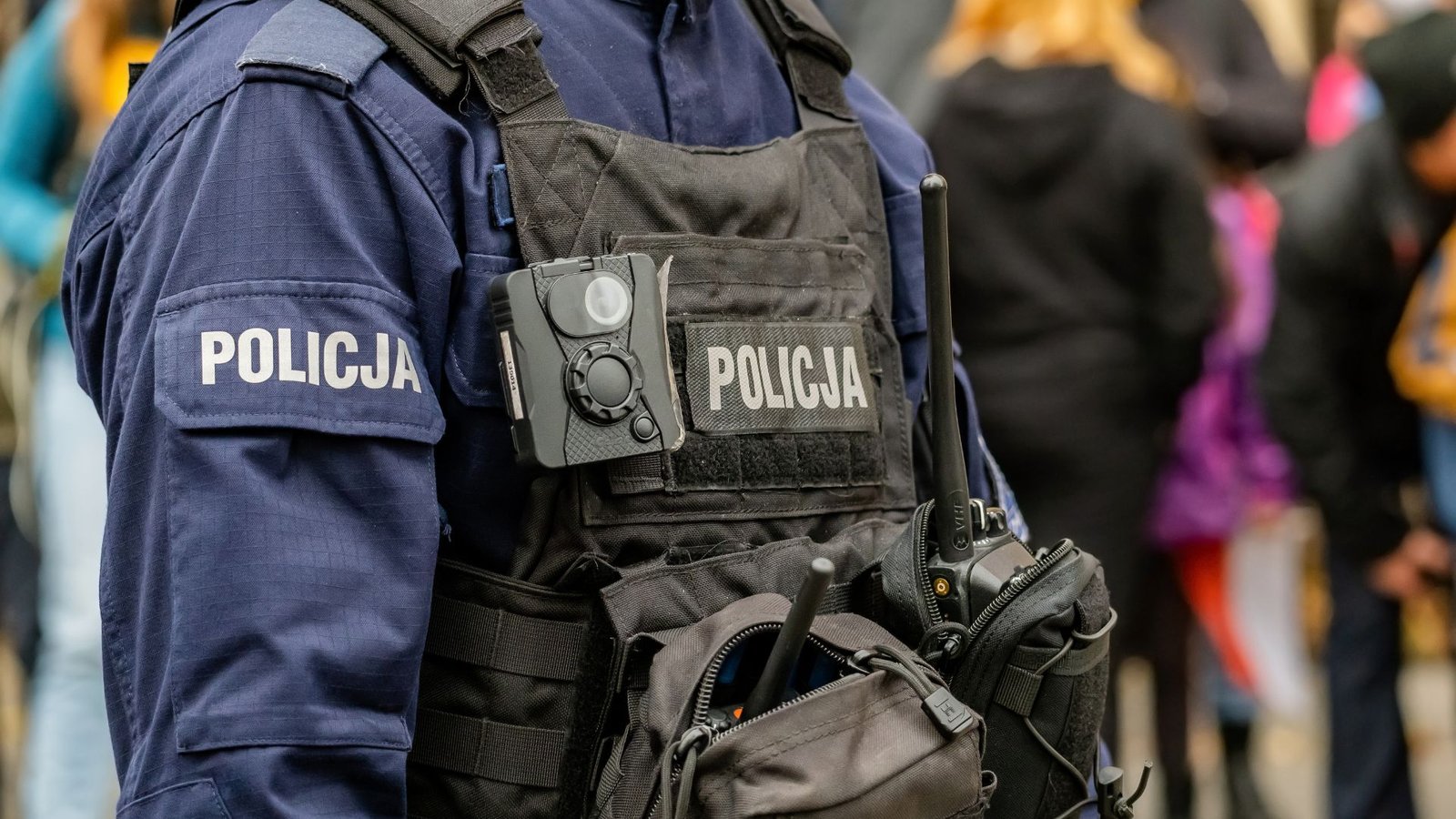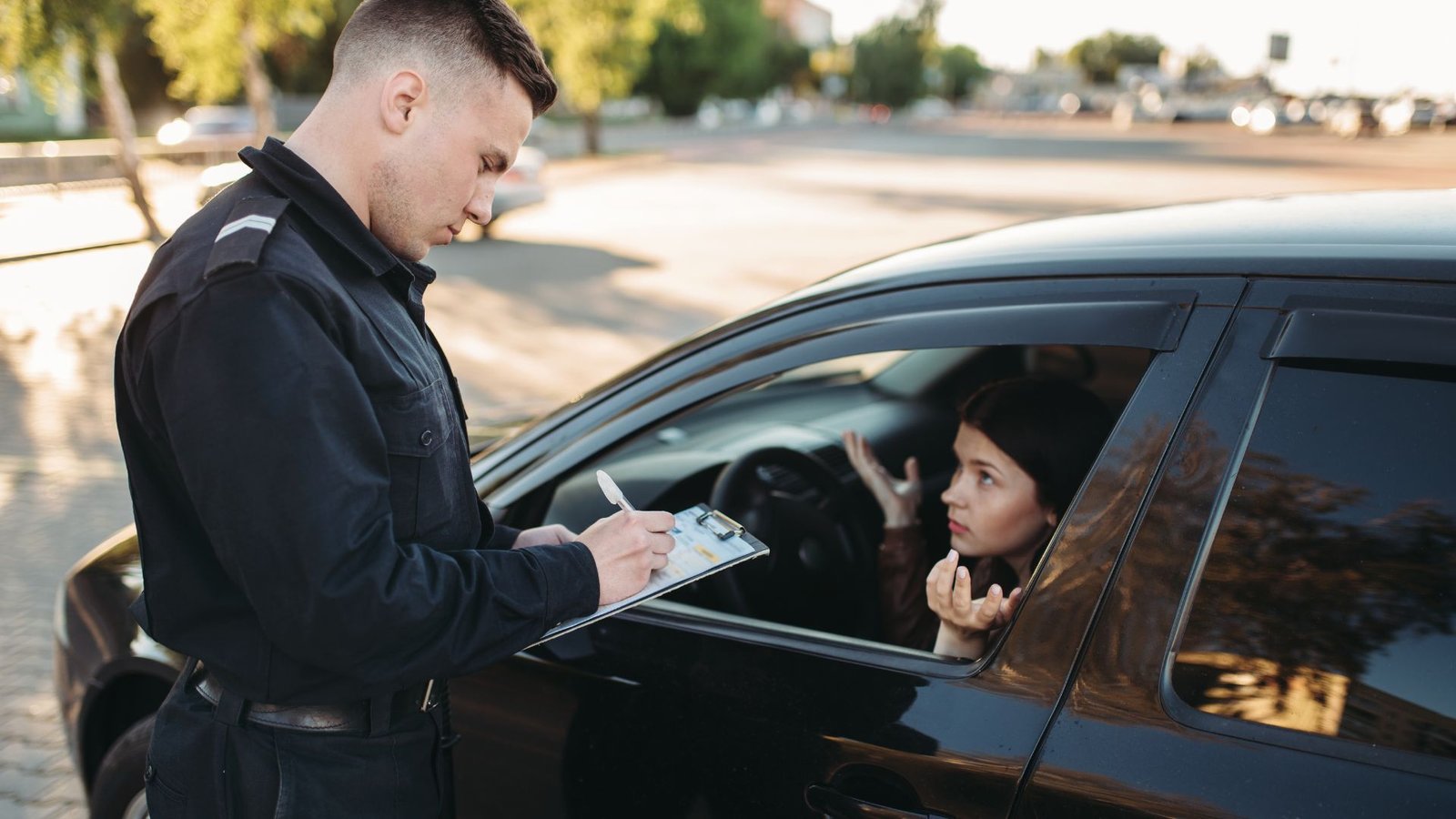On this page you will read detailed information about How US Police Are Shielding Body Camera Footage from Public Scrutiny.
A recent investigation has revealed a troubling truth: US police departments are withholding the majority of body camera footage from the public, even in cases involving deaths at the hands of officers. This raises serious concerns about the effectiveness of body cameras as a tool for transparency and accountability in policing.
Despite millions invested in equipping officers with these devices, touted as a way to increase trust and shed light on police interactions, the reality is much different. The investigation, conducted by ProPublica, analyzed 101 deaths by police across 34 states in June 2022. In only 33 instances was body camera footage released to the public, either by authorities or victims’ families. This means that in a staggering 68% of cases, the public was kept in the dark about the visual record of these critical incidents.
Importance of transparency in law enforcement
Transparency is the backbone of a functioning democracy, and it plays a crucial role in maintaining public trust in law enforcement agencies. Body cameras were introduced with the aim of providing an unbiased account of interactions between police officers and civilians. By recording these encounters, body cameras can serve as a valuable tool for accountability, helping to prevent misconduct and ensuring fair treatment. However, without access to the footage, the potential benefits of these devices are compromised, and the trust between the police and the public is eroded.
Challenges in accessing body camera footage

One of the primary challenges in accessing body camera footage is the lack of consistent policies and guidelines across different jurisdictions. There is no uniform standard for when and how the footage should be made available to the public. Some departments release the footage only in cases of high-profile incidents or officer-involved shootings, while others refuse to release it altogether, citing privacy concerns or ongoing investigations. This lack of clarity and consistency creates a sense of mistrust and leaves the public in the dark about the actions of law enforcement.
Another challenge is the power wielded by police unions, which often negotiate contracts that limit the release of body camera footage. These agreements prioritize the interests of police officers over the public’s right to know, effectively shielding them from public scrutiny. This lack of transparency not only hampers accountability but also perpetuates the perception that law enforcement operates above the law. It is crucial to address these challenges to ensure that body cameras fulfill their intended purpose of promoting transparency.
In the previous post, we had shared information about Overcoming Discrimination: The Struggle for LGBT Rights in Kuwait, so read that post also.
Case studies showcasing lack of transparency
Several high-profile cases have highlighted the lack of transparency surrounding body camera footage. One such case is the shooting of Michael Brown in Ferguson, Missouri in 2014. Despite widespread calls for the release of the body camera footage, the police department refused to make it public, fueling protests and exacerbating tensions between the police and the community. This incident, along with others like it, underscores the need for consistent policies that prioritize transparency and public accountability.
In another case, the fatal shooting of Laquan McDonald in Chicago in 2014, the body camera footage was initially withheld from the public. It was only after a court order that the footage was released, revealing a different narrative than the one initially presented by the police officers involved. The delay in releasing the footage not only deepened public mistrust but also raised questions about the integrity of the investigation. These cases demonstrate the potential consequences of withholding body camera footage and the urgent need for greater transparency.
Legal and ethical implications
The lack of access to body camera footage raises significant legal and ethical concerns. On one hand, there is a legitimate need to protect the privacy of individuals captured in the footage, especially in sensitive situations or encounters involving minors. On the other hand, there is a compelling public interest in holding law enforcement accountable for their actions. Striking the right balance between these competing concerns is a complex task that requires careful consideration and clear guidelines.
From a legal standpoint, the release of body camera footage is often subject to state public records laws. However, these laws vary widely, and there is no consensus on what constitutes a justifiable exemption for withholding the footage. This lack of clarity creates confusion and allows for inconsistent practices across jurisdictions. It is essential to establish a comprehensive legal framework that ensures transparency while respecting privacy rights.
Ethically, the public has a legitimate expectation to access body camera footage, especially in cases involving alleged police misconduct or abuse of power. The footage can provide crucial evidence and shed light on the truth. By withholding the footage, law enforcement agencies risk undermining their credibility and reinforcing the perception of a system that operates in secrecy. It is imperative that ethical considerations guide the decision-making process regarding the release of body camera footage.
Efforts to increase transparency
Recognizing the importance of transparency, some jurisdictions have taken steps to increase access to body camera footage. For example, in 2016, the city of Seattle implemented a policy that allows individuals to request body camera footage captured during their interactions with the police. Similarly, the state of California passed a law in 2018 that requires the release of body camera footage in cases involving the use of force or other serious incidents. These efforts are commendable and serve as a model for other jurisdictions seeking to enhance transparency.
Furthermore, technology can play a vital role in increasing transparency. Innovations such as automatic activation of body cameras during specific situations, such as arrests or when a firearm is drawn, can prevent the selective recording of incidents. The use of artificial intelligence algorithms to redact sensitive information from the footage can also address privacy concerns while ensuring public access to the relevant portions. Embracing such technological advancements can help bridge the gap between privacy and transparency.
Public opinion on access to body camera footage
Public opinion on access to body camera footage is divided. Some argue that the release of body camera footage is essential for accountability and trust-building, while others express concerns about privacy and the potential for misuse of the footage. A survey conducted by the Pew Research Center in 2016 found that 93% of respondents believed that body camera footage should be made available to the public in cases where the police use force. However, opinions differ when it comes to releasing footage in other types of encounters, such as routine traffic stops or non-violent interactions.
Balancing privacy concerns with public interest
Finding a balance between privacy concerns and the public’s right to access body camera footage is a challenging task. While it is crucial to protect the privacy of individuals captured in the footage, it is equally important to ensure transparency and accountability in law enforcement. One possible solution is to establish a clear set of guidelines for the release of body camera footage, taking into account the nature of the incident, the level of public interest, and the potential impact on privacy. This would provide a framework that enables informed decision-making and maintains public trust.
Recommendations for improved transparency
To improve transparency in accessing body camera footage, several recommendations can be considered. Firstly, there should be consistent policies and guidelines across all jurisdictions, ensuring that the release of footage is not subject to arbitrary decisions. Secondly, there should be a presumption of release, where the default position is to make the footage available to the public unless there are compelling reasons to withhold it. Thirdly, individuals involved in incidents captured by body cameras should have the right to access the footage and request its release.
Additionally, there should be independent oversight and review of decisions regarding the release of body camera footage. This would help ensure accountability and prevent undue influence or bias. Moreover, transparency initiatives should include public education campaigns to raise awareness about the benefits of body cameras and the importance of access to the footage. By implementing these recommendations, law enforcement agencies can enhance transparency, rebuild trust, and strengthen the relationship with the communities they serve.
Conclusion: The future of body camera transparency
The widespread adoption of body cameras has the potential to transform law enforcement by promoting transparency, accountability, and trust. However, the current lack of access to body camera footage undermines these goals. It is crucial for law enforcement agencies to prioritize transparency and establish clear guidelines for the release of footage. By striking the right balance between privacy concerns and the public interest, we can ensure that body cameras fulfill their intended purpose and contribute to a more transparent and accountable criminal justice system.
Disclaimer
The information and services on this website are not intended to and shall not be used as legal advice. You should consult a Legal Professional for any legal or solicited advice. While we have good faith and our own independent research to every information listed on the website and do our best to ensure that the data provided is accurate. However, we do not guarantee the information provided is accurate and make no representation or warranty of any kind, express or implied, regarding the accuracy, adequacy, validity, reliability, availability, or completeness of any information on the Site. UNDER NO CIRCUMSTANCES SHALL WE HAVE ANY LIABILITY TO YOU FOR ANY LOSS OR DAMAGE OF ANY KIND INCURRED AS A RESULT OR RELIANCE ON ANY INFORMATION PROVIDED ON THE SITE. YOUR USE OF THE SITE AND YOUR RELIANCE ON ANY INFORMATION ON THE SITE IS SOLELY AT YOUR OWN RISK. Comments on this website are the sole responsibility of their writers so the accuracy, completeness, veracity, honesty, factuality and politeness of comments are not guaranteed.
So friends, today we talked about How US Police Are Shielding Body Camera Footage from Public Scrutiny, hope you liked our post.
If you liked the information about How US Police Are Shielding Body Camera Footage from Public Scrutiny, then definitely share this article with your friends.











